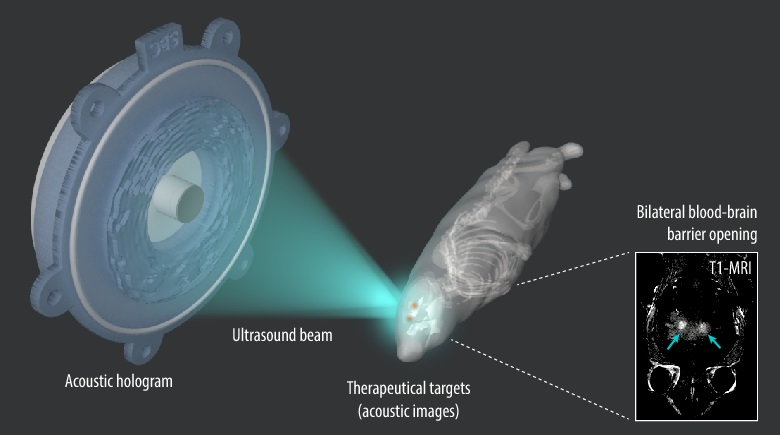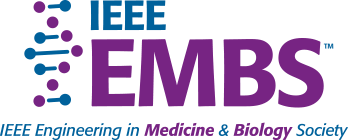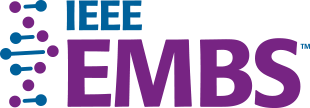
Transcranial focused ultrasound (FUS) in conjunction with circulating microbubbles injection is the sole non-invasive technique that temporally and locally opens the blood-brain barrier (BBB), allowing targeted drug delivery into the central nervous system (CNS). However, single-element FUS technologies do not allow the simultaneous targeting of several brain structures with high-resolution, in addition to the beam distortion due to the skull aberrations. Therefore, high-cost multi-element devices are required to compensate the aberrations introduced by the skull.
In this work, we present the first preclinical application of acoustic holograms to perform a bilateral BBB opening in two mirrored regions in mice. The system consisted of a single-element focused transducer working at 1.68 MHz, coupled to a 3D-printed acoustic hologram designed to produce two symmetric foci in anesthetized mice in vivo and, simultaneously, compensate the aberrations of the transmitted wavefront caused by the skull bones. T1-weighted MR images showed BBB opening by gadolinium extravasation at two symmetric quasi-spherical focal spots. The two BBB opening regions were separated by 3.2 ± 1.0 mm (3 mice tested), with a diameter size of 1.0 ± 0.3 mm. By encoding time-reversed fields, holograms are capable of focusing acoustic energy with a resolution near the diffraction limit at multiple spots inside the skull of small preclinical animals. Microbubble cavitation was monitored by using a passive cavitation detector placed in the central void of the therapy FUS transducer, and predominance of stable cavitation confirmed the safety of the BBB opening procedure. This work demonstrates the feasibility of hologram-assisted BBB opening for low-cost and highly-localized targeted drug delivery in the CNS in symmetric regions of separate hemispheres.





